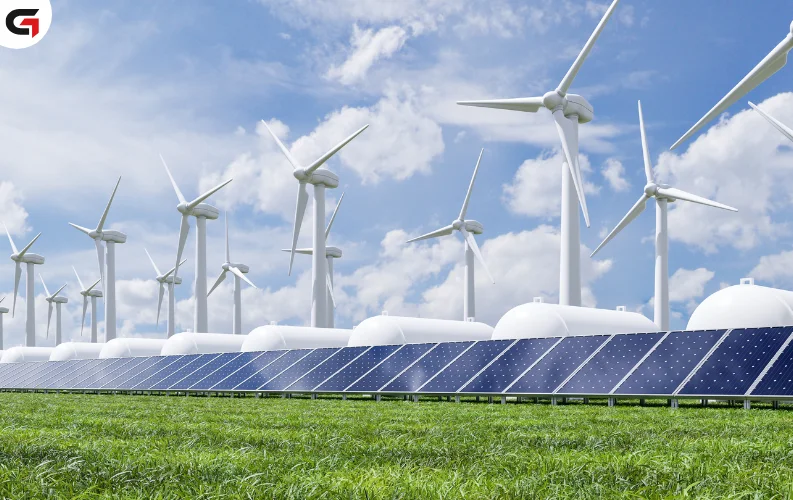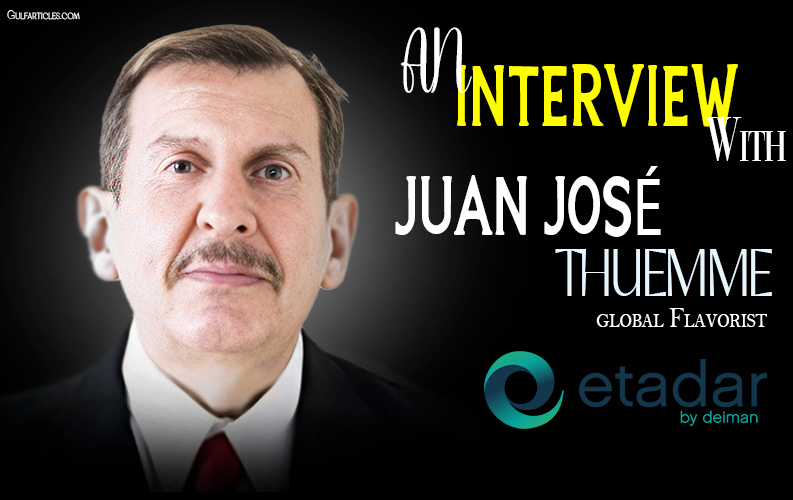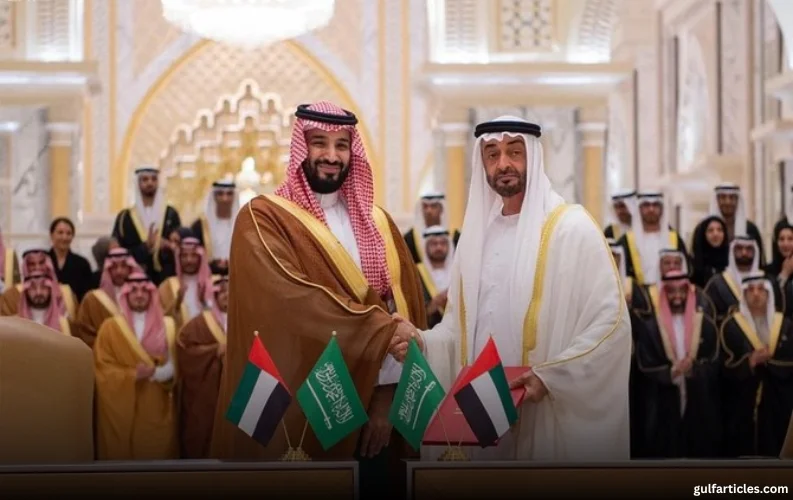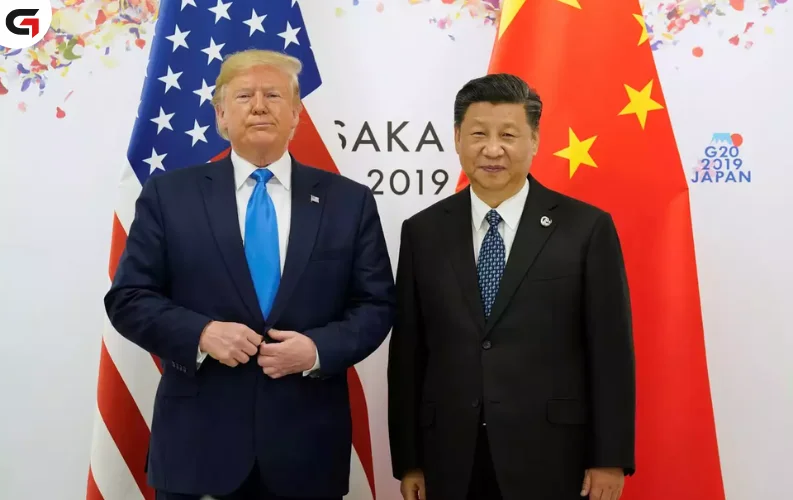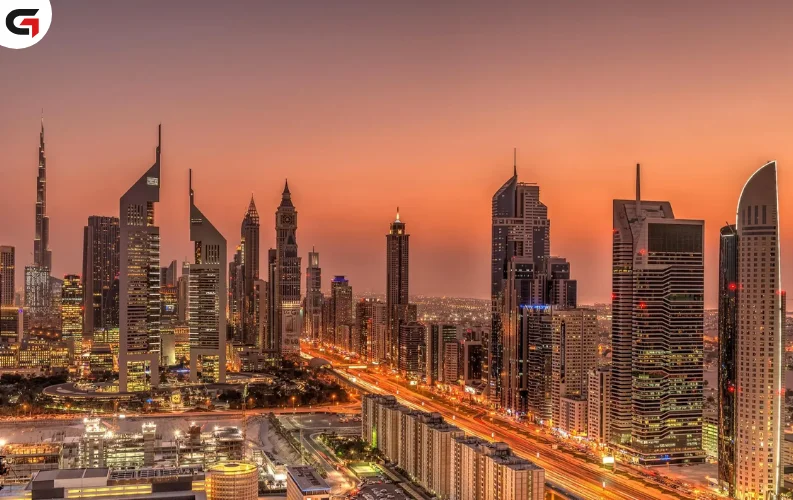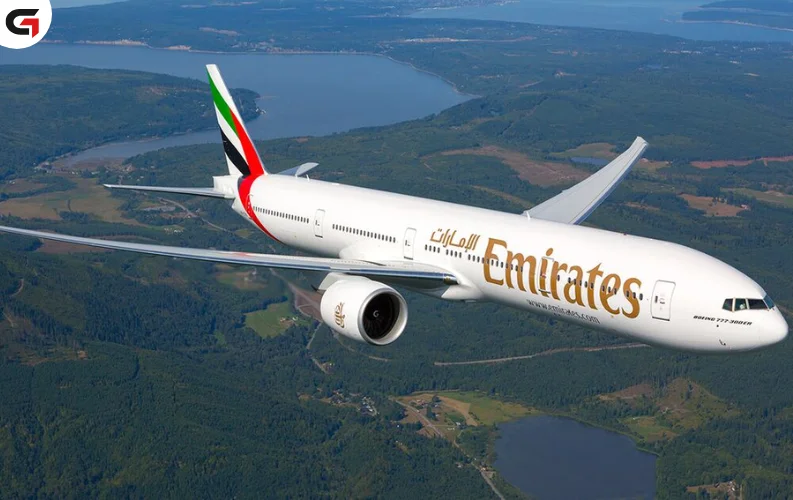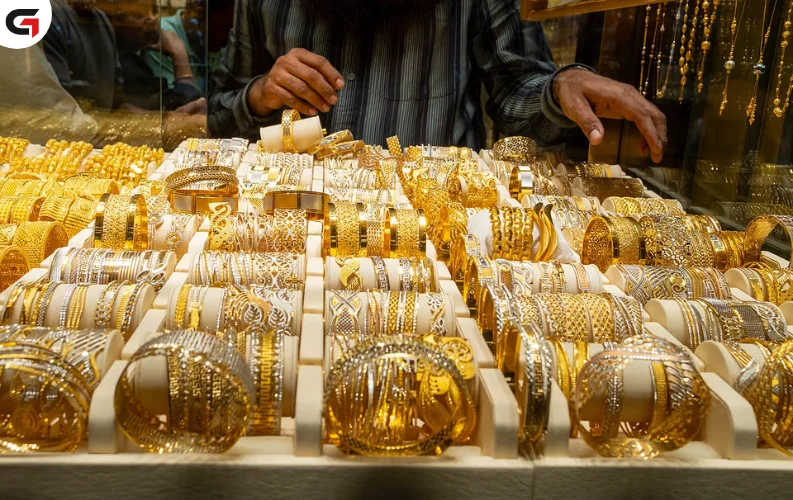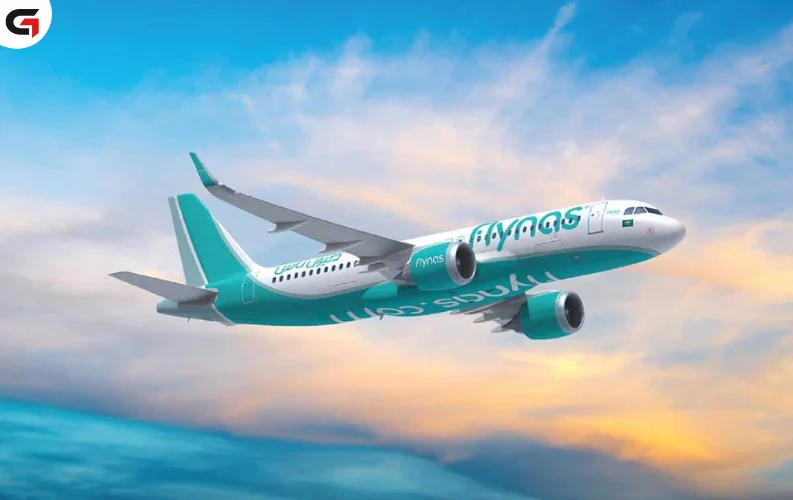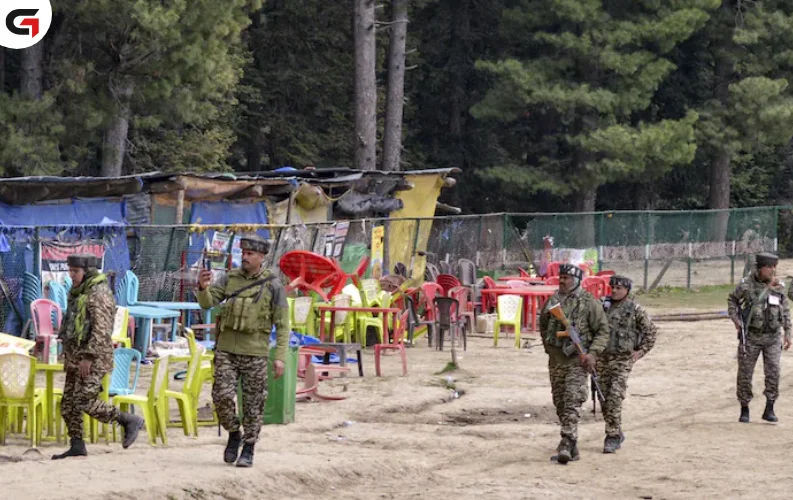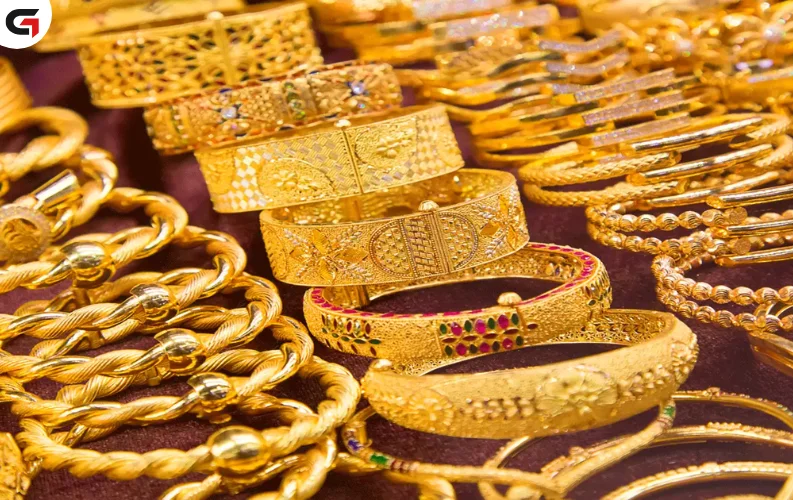The Gulf region, known for its deep-rooted cultural traditions and rapid modernization, presents a unique contrast between heritage and progress.
Countries such as the United Arab Emirates, Saudi Arabia, Qatar, and Kuwait have successfully maintained their rich cultural identity while embracing economic growth, urbanization, and technological advancements. This article explores how the Gulf nations balance their historical legacy with modern development, highlighting key aspects such as architecture, lifestyle, governance, and economic transformation.
1. Preserving Cultural Heritage in a Modern World
Despite rapid globalization, Gulf nations have remained steadfast in preserving their cultural heritage. Key efforts include:
-
Restoration of Historical Sites: Governments have invested heavily in preserving landmarks like Al Fahidi Historical District (UAE) and Diriyah (Saudi Arabia) to maintain historical identity.
-
Promotion of Traditional Arts and Crafts: Local art forms such as calligraphy, pearl diving, and weaving are actively supported through museums, cultural festivals, and artisan programs.
-
National Identity and Language: Arabic remains the dominant language, and traditional attire like the kandura, abaya, and bisht continues to be a symbol of national pride.
2. The Role of Modernization in Economic Growth
The Gulf region has transformed into a global economic hub, with modernization playing a crucial role in economic diversification. Some notable aspects include:
-
Shift from Oil to Diversified Economies: Countries like the UAE and Saudi Arabia have reduced their dependence on oil by investing in tourism, technology, and finance.
-
Infrastructure Development: Futuristic cities like Dubai and NEOM in Saudi Arabia showcase cutting-edge architecture, AI-driven infrastructure, and sustainable development.
-
Global Business and Investments: The Gulf has become a center for international trade, with free zones, foreign investment policies, and financial hubs like Dubai International Financial Centre (DIFC) fostering business growth.
3. The Fusion of Traditional and Modern Architecture
Architectural advancements in the Gulf reflect a harmonious blend of tradition and modernity:
-
Traditional Design Influence: Many skyscrapers incorporate Arabic elements, such as intricate geometric patterns and Islamic motifs.
-
Sustainable Building Practices: The focus on green buildings and smart cities aligns with traditional energy-efficient techniques used in old Arabian homes, such as wind towers for natural cooling.
-
Iconic Landmarks: Structures like the Burj Khalifa, Museum of the Future (Dubai), and Lusail City (Qatar) symbolize modern innovation while incorporating cultural elements.
4. Social and Cultural Adaptation to Modern Lifestyles
As modernization sweeps across the Gulf, cultural adaptation plays a key role in maintaining traditions while embracing new ways of life:
-
Family and Social Values: Despite urbanization, family remains the core of society, with strong emphasis on respect, hospitality, and communal gatherings.
-
Education and Workforce Integration: Women’s participation in the workforce has increased significantly while maintaining cultural norms and values.
-
Entertainment and Leisure: The Gulf has welcomed global entertainment options while maintaining cultural integrity through events like the Dubai Shopping Festival and Janadriyah Cultural Festival (Saudi Arabia).
5. Challenges in Balancing Tradition and Progress
The rapid pace of modernization presents several challenges:
-
Cultural Identity Concerns: Exposure to global influences can sometimes overshadow local traditions, prompting efforts to reinforce cultural identity.
-
Urbanization vs. Heritage Conservation: The expansion of cities often comes at the cost of traditional neighborhoods, requiring sustainable urban planning.
-
Regulatory and Social Shifts: Legal reforms and social liberalization bring both opportunities and challenges in maintaining cultural harmony.
6. The Future: A Sustainable and Culturally Rich Gulf
The Gulf nations are striving to maintain equilibrium between heritage and innovation through strategic initiatives:
-
Vision 2030 Plans: Countries like Saudi Arabia and the UAE have outlined long-term plans focused on sustainability, economic diversification, and cultural preservation.
-
Technological Advancements with Cultural Integration: AI, smart cities, and digital transformation are being adopted while respecting traditional values.
-
Tourism and Globalization: Promoting cultural tourism and heritage sites ensures that modernization does not erase historical significance.
Conclusion
The Gulf region exemplifies how tradition and modernization can coexist harmoniously. By preserving their rich cultural heritage while embracing technological and economic advancements, Gulf nations continue to set a global example of progress that respects its roots. As the region moves forward, a balanced approach will be essential in shaping a future that honors both history and innovation.
You may also like:-





